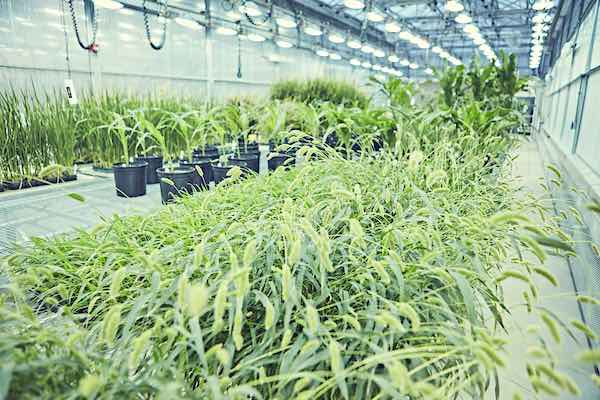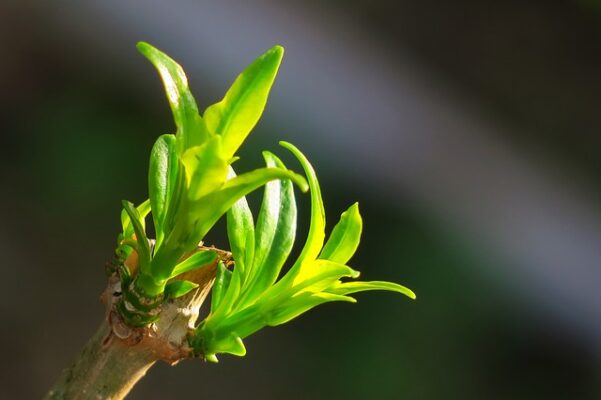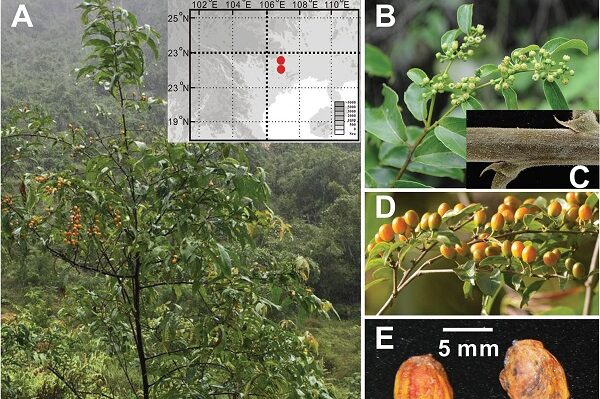
A plant used in traditional Chinese medicine has evolved to become less visible to humans, new research shows. Scientists found that Fritillaria delavayi plants, which live on rocky slopes of China's Hengduan mountains, match their backgrounds most closely in areas…
Read More






